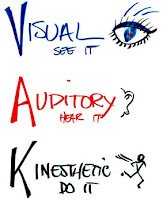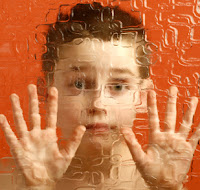Are you aware that Autism prevalence figures are growing rapidly? According to recent statistics, Autism now affects 1 in 54 male children. More young people will be diagnosed with Autism this year (male and female) than with AIDS, diabetes and cancer combined. Autism is the fastest growing “developmental disability” in the U.S. – and the only disorder dramatically on the rise (with mental retardation, Down syndrome, and cystic fibrosis remaining roughly the same). Earlier Autism prevalence figures were much lower, centering at about 0.5 per 1,000 during the 1960s and 1970s, and about 1 per 1,000 in the 1980s. The reported spike in the prevalence of Autism raises questions about whether this dramatic increase is factual, or a byproduct of greater awareness that has led moms and dads, educators, and professionals to see symptoms of Autism in kids who would not have received the diagnosis 20 years ago. The increase in Autism prevalence figures suggests several possibilit


